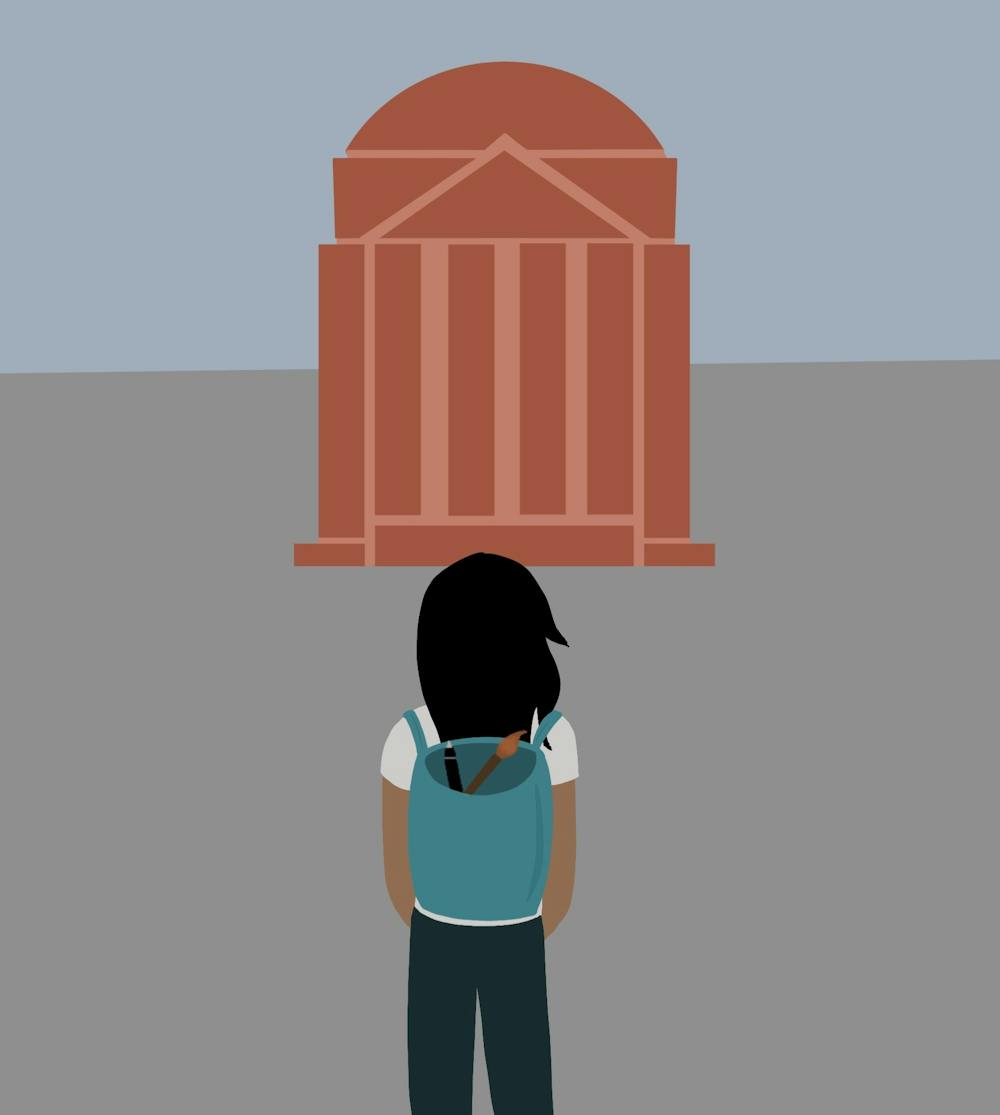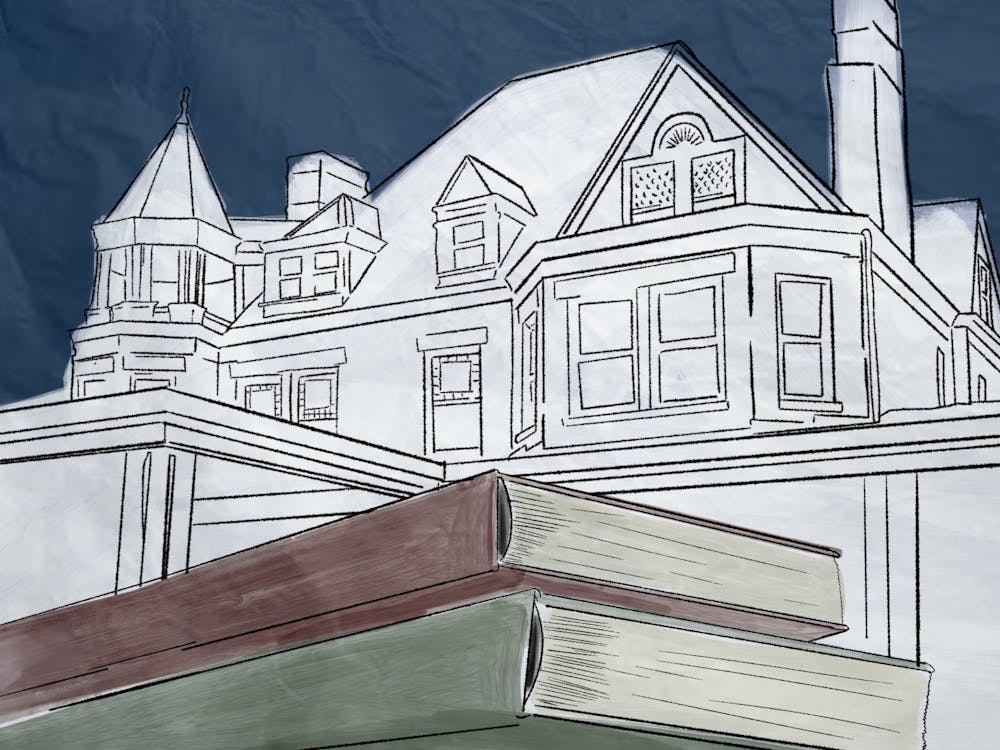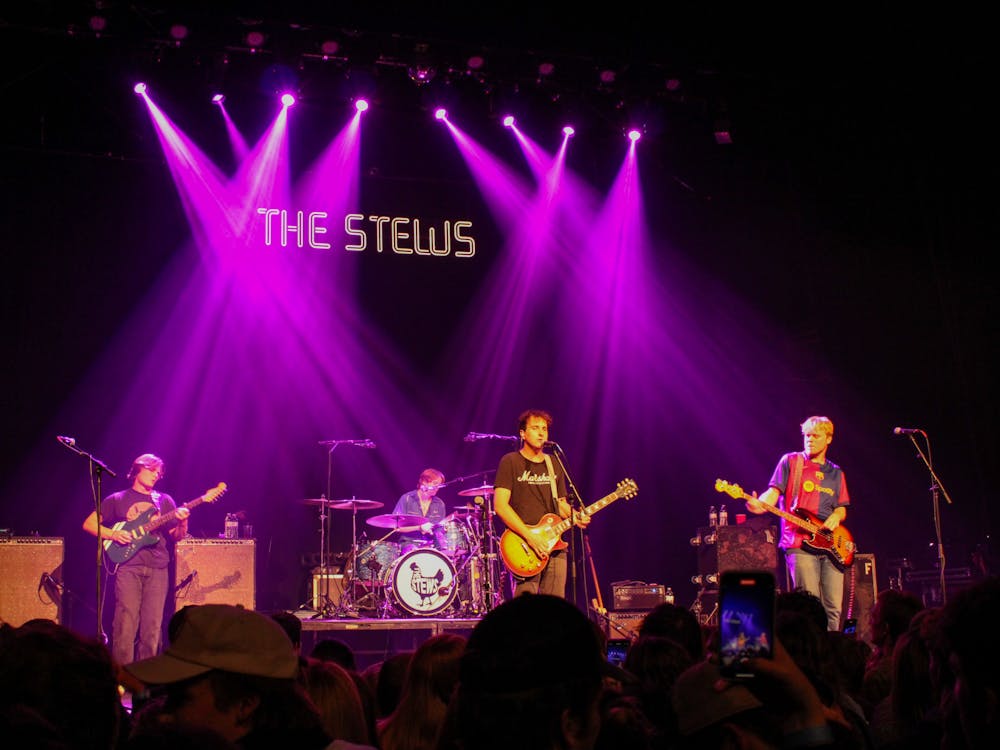The upcoming semester is set to mark the return of many things we love about U.Va. Between the switch back to in-person classes, the revitalization of many student groups which underwent either a full pause or significant changes during the height of the pandemic and the arrival of the incoming Class of 2025, the return to many cherished communities and spaces is bound to feel both exciting and a bit overwhelming — especially for new students. Particularly in the arts field, the changes of the past year have created significant difficulties for artistic communities, but have also made them all the more resilient and enduring. If you are an artistically inclined first year sitting in your new dorm room and thinking about what to do now that you’re at college, here is a breakdown of some places to get started. Even if majoring in the arts isn’t exactly your thing, there are still plenty of ways to get involved at the University both in and out of the classroom.
Theater
For the dramatic at heart, the University is a great place to find community in the theater scene. The drama department is well-known for its varied and high-level productions throughout the year, including its upcoming season. However, with several entirely student-run theater groups on Grounds, the theater community at the University is vibrant and exciting for majors and non-majors alike. A good place for new students to get started is First Year Players, a theater organization that puts on a full-length musical each semester with a cast entirely composed of first-year students. Upperclassmen make up the artistic and production staff, so involvement doesn’t have to stop after your first year. For more performance-based student groups, check out the Paul Robeson Players, whose mission is to “cultivate artistic diversity in the realm of theatre performance” through both internal performances and the support of other Black theatrical events at the University. Other organizations include Spectrum Theatre and Shakespeare on the Lawn, which produce independent shows each semester as well. Within each group, there are also many opportunities for theatrical production — all student-run groups and most drama department productions boast a student-based technical theater team, and there are a variety of opportunities for directing, playwriting and other production roles as well.
Music
With a huge number of organizations dedicated to all different facets of music, the University has no shortage of opportunities to get involved. A particularly popular category for many students is the University’s wide array of a cappella groups — which feature themes ranging from rock to showtunes, as well as more generalized men’s, women’s and co-ed groups. If a cappella is your calling, try checking out Rotunda Sing — the annual Welcome Week concert held by the University Programs Council typically features most of the University’s a cappella groups and can help prospective singers feel out the different musical styles of each before auditions begin. For musicians whose interests lie outside of vocals, there are also plenty of instrumental groups on Grounds. As the “first and only student-run full symphony orchestra” at the University, the Cavalier Symphony Orchestra is a hub for a variety of musical styles. The organization features both a large philharmonic ensemble and smaller chamber groups such as a jazz ensemble, string quartets, low brass ensemble, woodwind quartets and more — and the organization also boasts a strong social element. In addition to student groups, there are a number of University-run music organizations as well — the University Singers, Cavalier Marching Band and African Music and Dance Ensemble are just a few highlights of an impressive list.
Visual Art
Between opportunities presented by the University’s resident museum of art — the Fralin — and student-led organizations, there are also many avenues of expression for visual art at the University. The Fralin hosts a variety of programs throughout the year, including Final Friday tours of the current exhibits and the Fralin Student Docents — a volunteer program which includes both training and leading various tour groups through the museum. Separate from the Fralin, there are also several organizations on Grounds that highlight a variety of artistic styles and mediums throughout the year. A notable example is V Magazine — a student-produced publication which “focuses on fashion, art and culture at the University of Virginia, featuring students and organizations, as well as other events and topics of interest at and outside of U.Va.” The magazine Scratch Zine also provides a publication opportunity for both visual artists and writers, with each issue centering around a unique theme that seeks to increase the “visibility of the diverse arts that U.Va. students produce.”
General tips and local groups
In addition to joining student organizations, the University also offers plenty of arts-based classes that provide outlets for a variety of disciplines. Not sure which classes to try? Take it from a U.Va. Arts veteran, fourth-year College student Julia Preston, who is currently a University Singer and the producer of First Year Players.
“I’d encourage students interested in the arts to take a history class that corresponds to whatever their artistic medium is — art history, music history, etc. — even if they don’t have the intention of studying the arts academically,” Preston said. “It really enriches your experience and understanding of your art if you have a historical context for it, and every arts history class I’ve taken has been very worthwhile.”
Outside of the aforementioned disciplines, the University also houses a variety of writing programs. Within the English major there are area programs in literary prose and poetry, and on the student-run front there are many additional opportunities for creative writing, such as the recently revitalized literary magazine the Virginia Literary Review. For those who decide to pursue arts in the academic sphere, another notable University-run program is the Miller Arts Scholars program, which provides grant funding to undergraduate students pursuing a variety of artistic projects.
If none of the classes or student groups mentioned above strike your fancy, fear not! The Charlottesville community is vibrant and ripe with artistic organizations that provide ample opportunities for students outside of the University umbrella. Local art exhibits such as IX Art Park and the Kluge-Ruhe Museum of Aboriginal Art often host events geared toward students and community members throughout the year, and local performance organizations such as Live Arts provide great opportunities for both participating in shows and obtaining artistic work experience.
Both within and beyond the opportunities and organizations listed above, which just scratch the surface of the artistic communities of the University and Charlottesville, there are many diverse and creative people ready to welcome new students into the world of the arts at the University. This list is purposely non-exhaustive — no matter what discipline you may already be interested in, or want to try out, there is certainly a place for everyone to experience a fulfilling and creatively engaging four years at the University.





